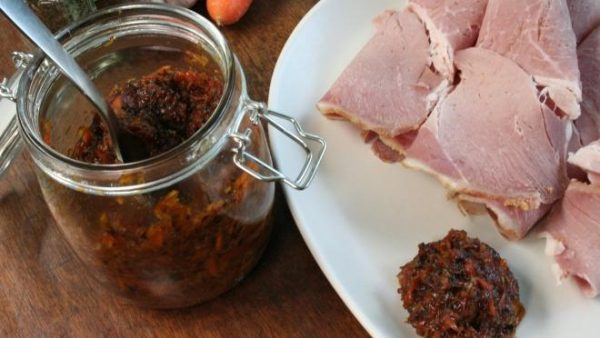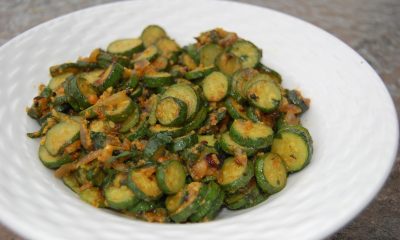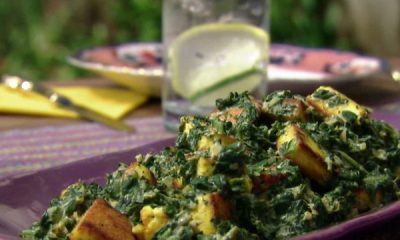Food Blogs
SPICY CHUTNEY RECIPE
Spicing is the light and shade of a good chutney, the element that gives it depth and personality, but don’t go overboard on the chiles as the heat will increase the longer you keep it. Tamarind is a tropical fruit that tastes a little like sour dates and is used in vegetable curries and chutneys. You’ll find it in paste form in most supermarkets.

| Servings |
MetricUS Imperial
|
Ingredients
- 6 dried curry leaves
- 1 tsp Cumin seeds
- 1–2 Tbsp Mustard seeds
- 1 tsp coriander seeds
- Sea Salt
- 3 dried red chiles
- olive oil
- 1 onion peeled and grated
- 3 garlic cloves peeled and thinly sliced
- 4–6 Tbsp tamarind paste or watered-down tamarind block see tip below
- 3 Tbsp. sugar
- 4 heaping Tbsp desiccated coconut
- 2 large carrots peeled and coarsely grated
- Sea salt and freshly ground black pepper
Ingredients
|

|
Instructions
- Toast the curry leaves and cumin, mustard, and coriander seeds in a dry pan over low heat for about 2 minutes until aromatic (be careful not to burn them). Add a pinch of salt and the dried chiles. Add a little oil, then sweat the onion in it for 2 minutes. Add the garlic and cook over low heat for 1–2 minutes until soft.
- Add the tamarind paste and sugar and cook over medium heat for about 2 minutes until the sugar has dissolved. Stir in the coconut.
- Add the carrots and mix well. Bring to a boil, then lower the heat and simmer gently for 5–6 minutes, adding 2–3 tablespoons of water if necessary to loosen. Taste and adjust the seasoning and sweetness as needed. Remove from the heat.
- Pour the chutney into sterilized jars (see page 175) right away and seal. You can eat this chutney immediately or store it in the fridge for up to a month. Serve with cold meats or cheese.
HOW TO PREPARE TAMARIND
- To water down a block of tamarind, soak it in a little hot water, remove the seeds, and mash it well to create a thick juice.




















